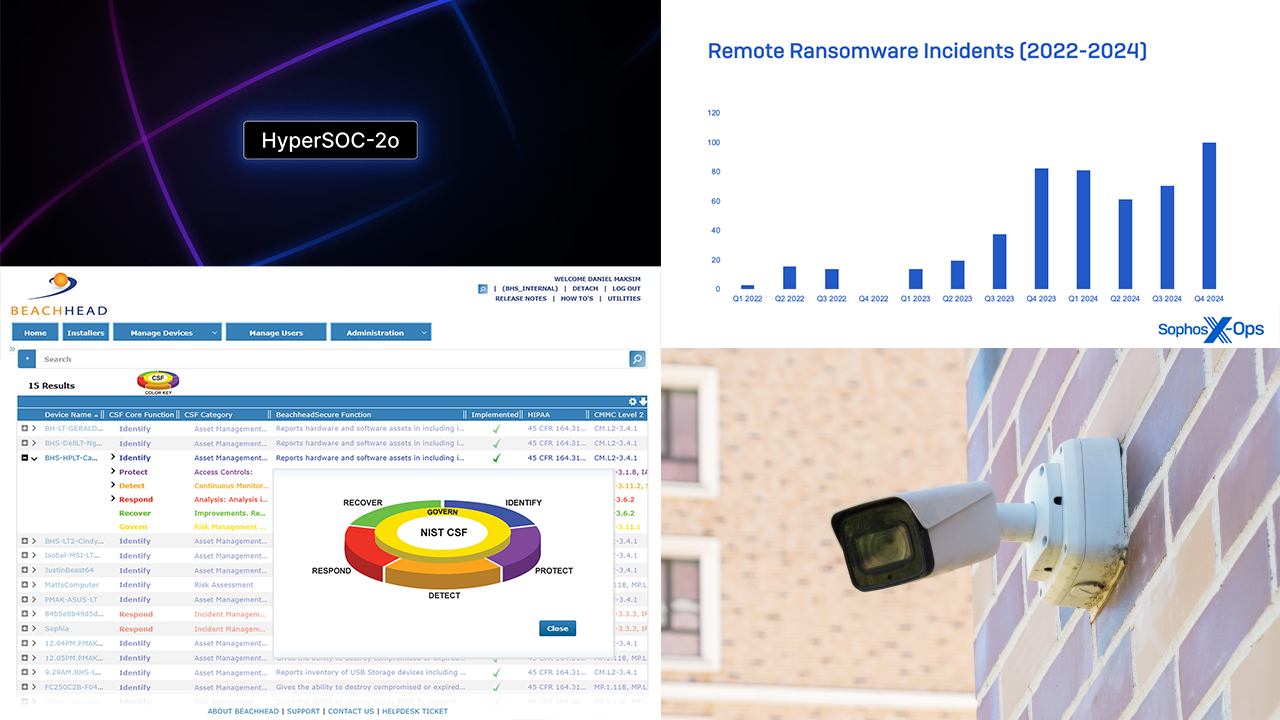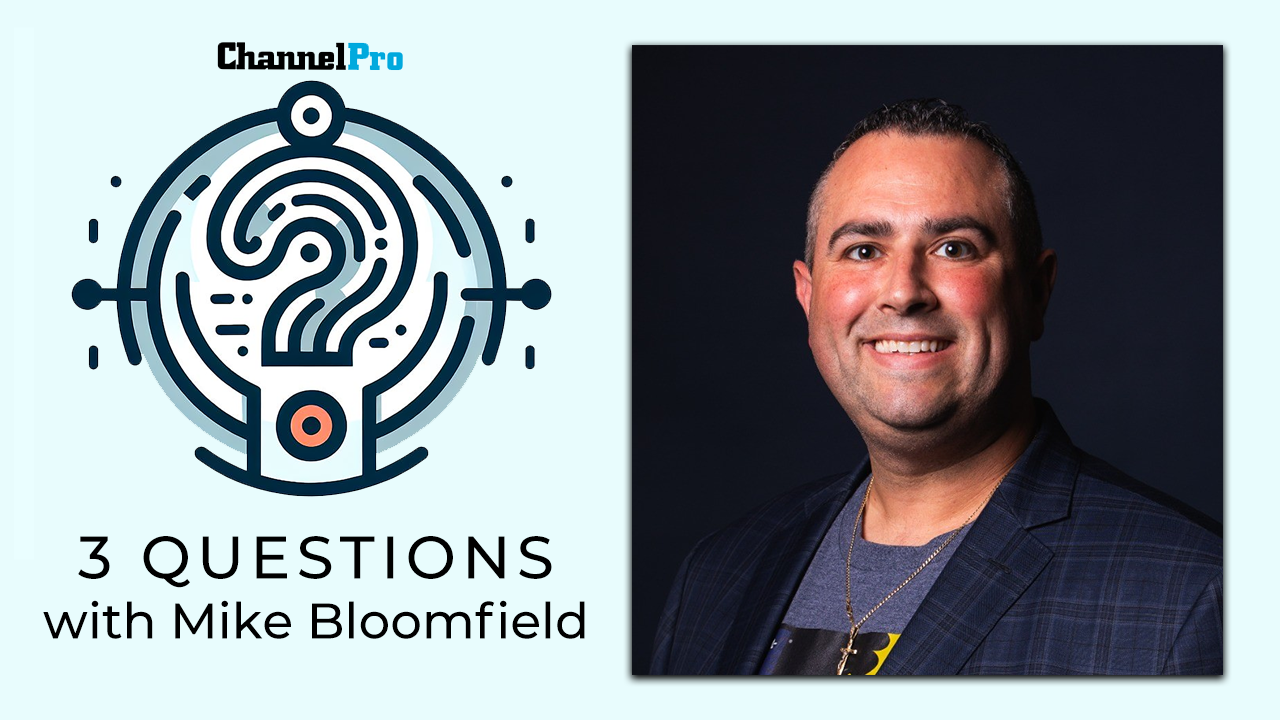THE BUGGLES warned you 44 years ago that “Video Killed the Radio Star,” which was also the first video played on MTV on August 1, 1981. Today, the song is “Video Makes Your MSP a Star,” but only a small portion of IT providers are singing along currently.
“The channel for the most part is behind the curve when it comes to adopting video into their marketing,” says Janet Schijns, CEO of the JS Group, a channel advisory firm.
“It’s just another tool to learn and utilize, but it’s not taken off in this community with MSPs making lots of videos,” says Miles Walker, channel development manager and speaker for Kaseya who utilizes video on social media. “Vendors haven’t really jumped on the video idea either.” That’s a shame, he adds, since videos are great for awareness and draw attention to potential events and other marketing programs.

Janet Schijns
Indeed, in “the old days,” says Schijns, buyers spent about 60% of their time on a solution buying journey with a salesperson to educate them. “Today, buyers only spend 17% of their time with sellers [a Gartner stat], which means they consume education in a self-serve manner. How do they self-educate? In large part, with video.” There’s a reason YouTube is one of the top search engines for B2B buyers.
For MSPs that have jumped on the video bandwagon, it appears to pay off. “Our clients who are adopting the right video tactics are growing at 5.2 times the rate of their peers,” notes Schijns.
“Video marketing has emerged as a powerful tool in the digital marketing space. The movement and visuals in videos attract attention,” agrees Barb Paluszkiewicz, CEO of CDN Technologies, a managed service provider in Oakville, Ontario, who notes that there’s much more video content from MSP and vendors now than before the pandemic.
Objectives and Best Practices
Schijns advises her clients who want to use video to start simply. You can use your services staff who are well versed and knowledgeable, or you can use voice-overs and stock video clips if needed. The key is to know your audience and meet them where they need the knowledge, she says. Give them the style of video they like, which is never a boring or an overproduced vanilla video. “Think about things like, what do your customers want to know? What are their pain points? What will engage them?” she suggests.
To ensure her clients have clear goals and know what they want their video to achieve, Schijns has a list of guidelines. Do you want to build brand awareness? Product education? Boost conversions? Look at where your sales funnel needs the most help and focus videos there.
Set a goal for each video campaign, advises Schijns, then set your key performance indicators, such as brand awareness, lead generation, and direct sales, and use analytics tools to track these KPIs.

Barb Paluszkiewicz
For creating videos, her best practices include keeping them short, no longer than two or three minutes, since the attention span of viewers is getting shorter. It’s critical to start with a bang so the first few seconds grab your viewer’s attention and pique their interest. Include a call to action by directing them to what they should do next, whether that’s visiting your website, signing up for a newsletter, or buying a product. Optimize searches by using relevant keywords in your title, description, and tags, to help your videos get discovered.
Finally, says Schijns, make your videos mobile-friendly. Think With Google says 75% of adults watch YouTube on their mobile devices, and BroadBand Search says 60% of total web searches are from mobile devices.
For Paluszkiewicz, her approach is short and succinct, with no happy talk to start and no pitching. “Focus on stories and analogies, not sales pitches,” she stresses.
Like Schijns, she advises having an objective for each video, and including a call to action, as in every marketing piece. “Even the crappy videos tell you to like and subscribe,” says Paluszkiewicz. “If you’re technical and have trouble with marketing and sales stuff, just admit that at the very beginning.” Knowing your intended audience for the video, whether a tech or an exec, is also important, she adds.
Paluszkiewicz uses Canva to design her video posts and configured it to send each one out to her accounts on Facebook, Instagram, LinkedIn, and Twitter, but focuses mostly on LinkedIn. “I keep a business focus,” she says. “I’m not selling makeup or shoes.” One key point she stresses is that videos for Twitter and Instagram must be less than one minute long. She feels it’s worth the effort to make shorter videos for Twitter because, “the movement in the Twitter feed may get them to stop and watch for a while.”
Paluszkiewicz tracks the results for each video, including if they followed the call to action and clicked, registered for a webinar, used a promo code, or called and ordered a product.
Time and Money
When she makes a new batch of videos, Paluszkiewicz outsources the scripting, filming, editing, and production to a video firm. The behind-the-scenes preparation takes far longer than filming. “In our last one for cybersecurity, we rented a jail for the background.” Her costs for each video total just over $5,000, but she doesn’t have to buy cameras, lights, editing software, or hire video techs.
Walker didn’t name a figure, but he says he spends quite a bit on his videos. “You can make them quickly, but people can tell. If you want to do something right and with value, it will always take a considerable amount of time.”
Schijns encourages partners to pursue MDF as a way to offset some of the expense.
“Calculate ROI by (Return – Investment) / Investment * 100. If you spend $5,000 on a video campaign that generated $15,000 in sales, calculate your ROI as follows: ($15,000 – $5,000) / $5,000 * 100 = 200% ROI,” explains Schijns.
The Payoff
Video does not replace other marketing channels. “We also use print ads, podcasts, radio ads, Google Ads, addressed and unaddressed direct mail, and so on,” Paluszkiewicz says. However, she adds, “We consider video as a lead generator that stays out there and establishes brand credibility.”
It’s an investment that keeps on giving too. “Once you have the videos, you can reuse and re-edit them forever,” Paluszkiewicz notes.
Be sure to have fun if you venture into video. People can tell if you’re just going through the motions, Walker warns, and many are. “You’ve got to enjoy it. Do it because you enjoy it and are passionate, not because you think you have to.”
Image: iStock / Overearth













